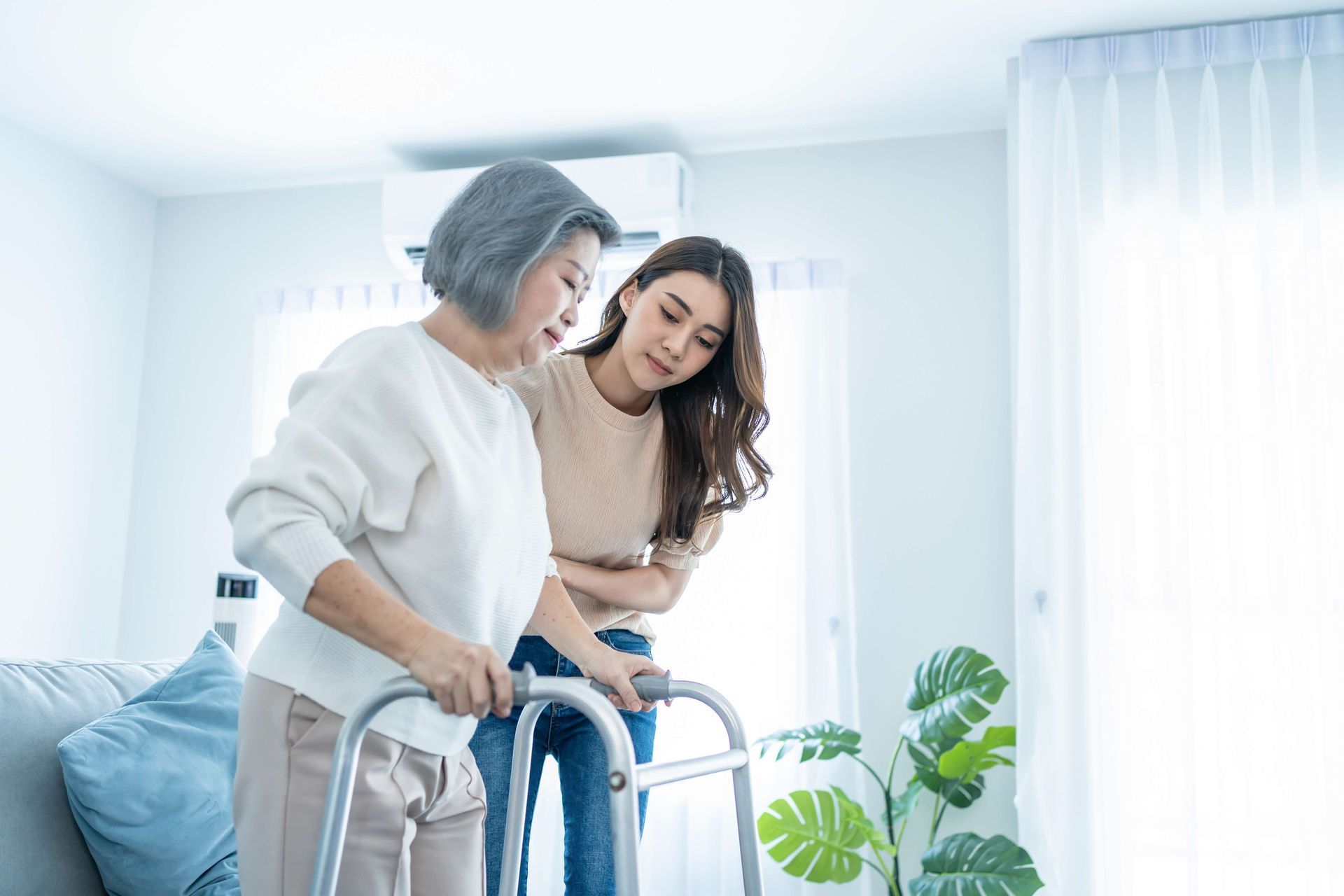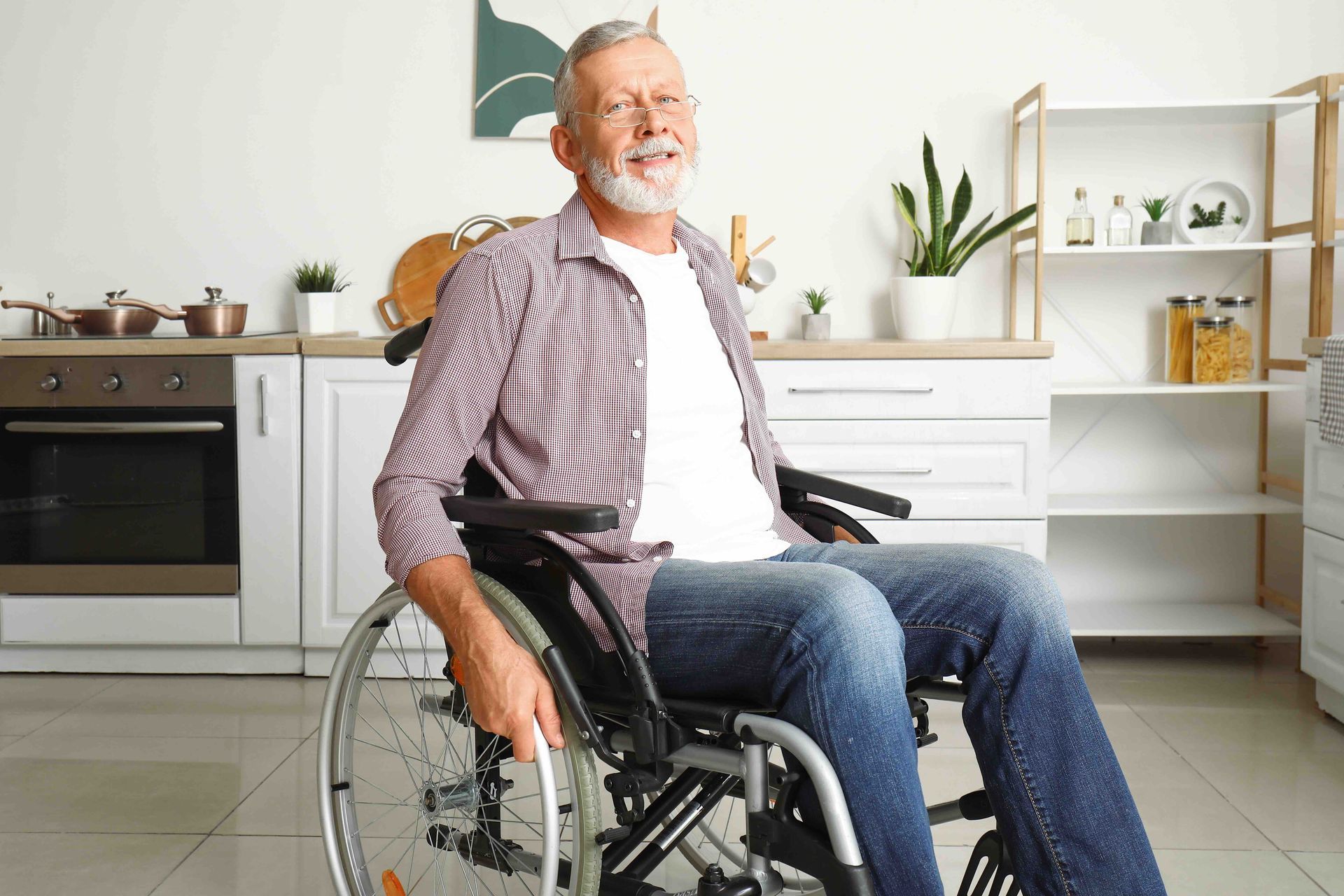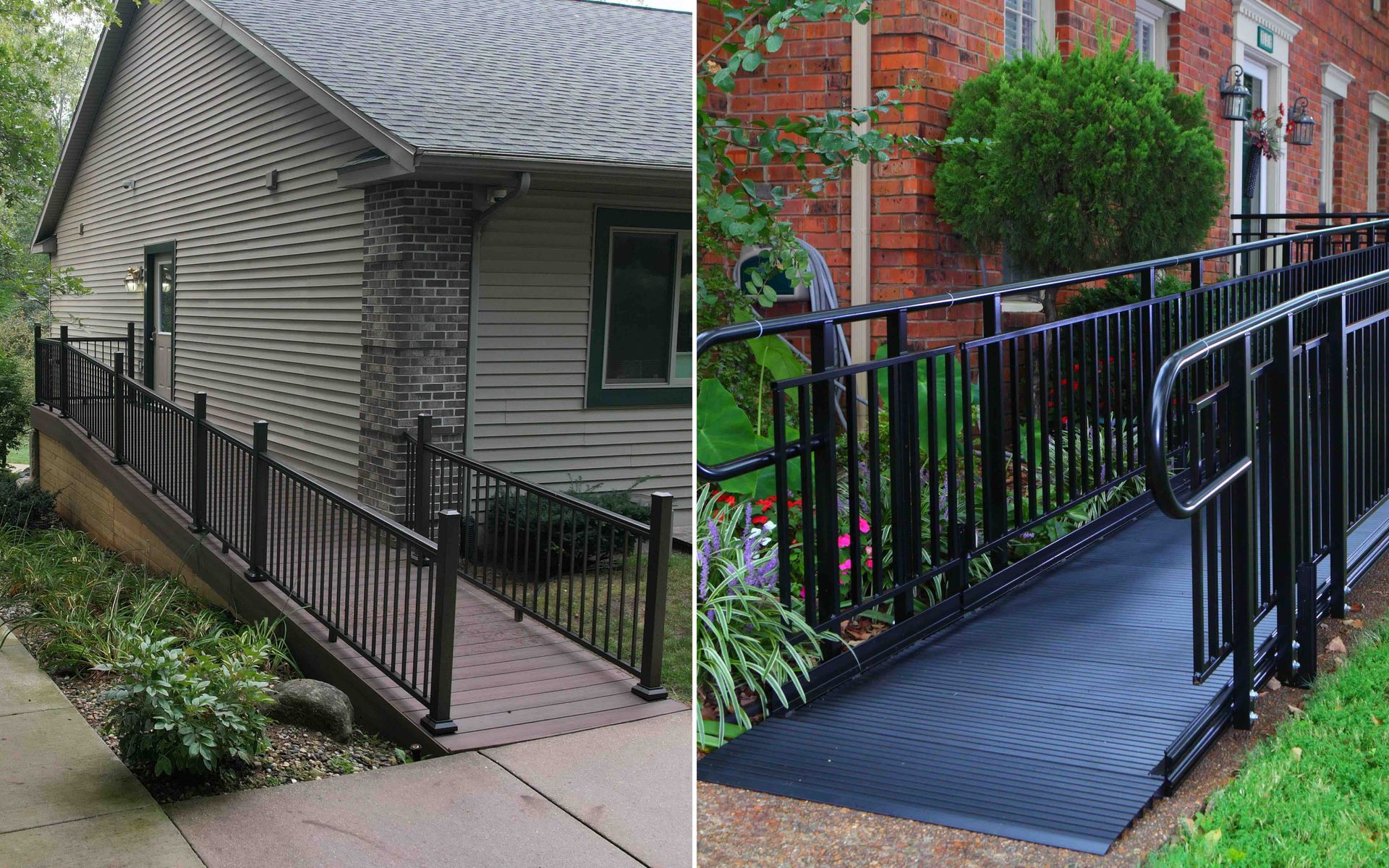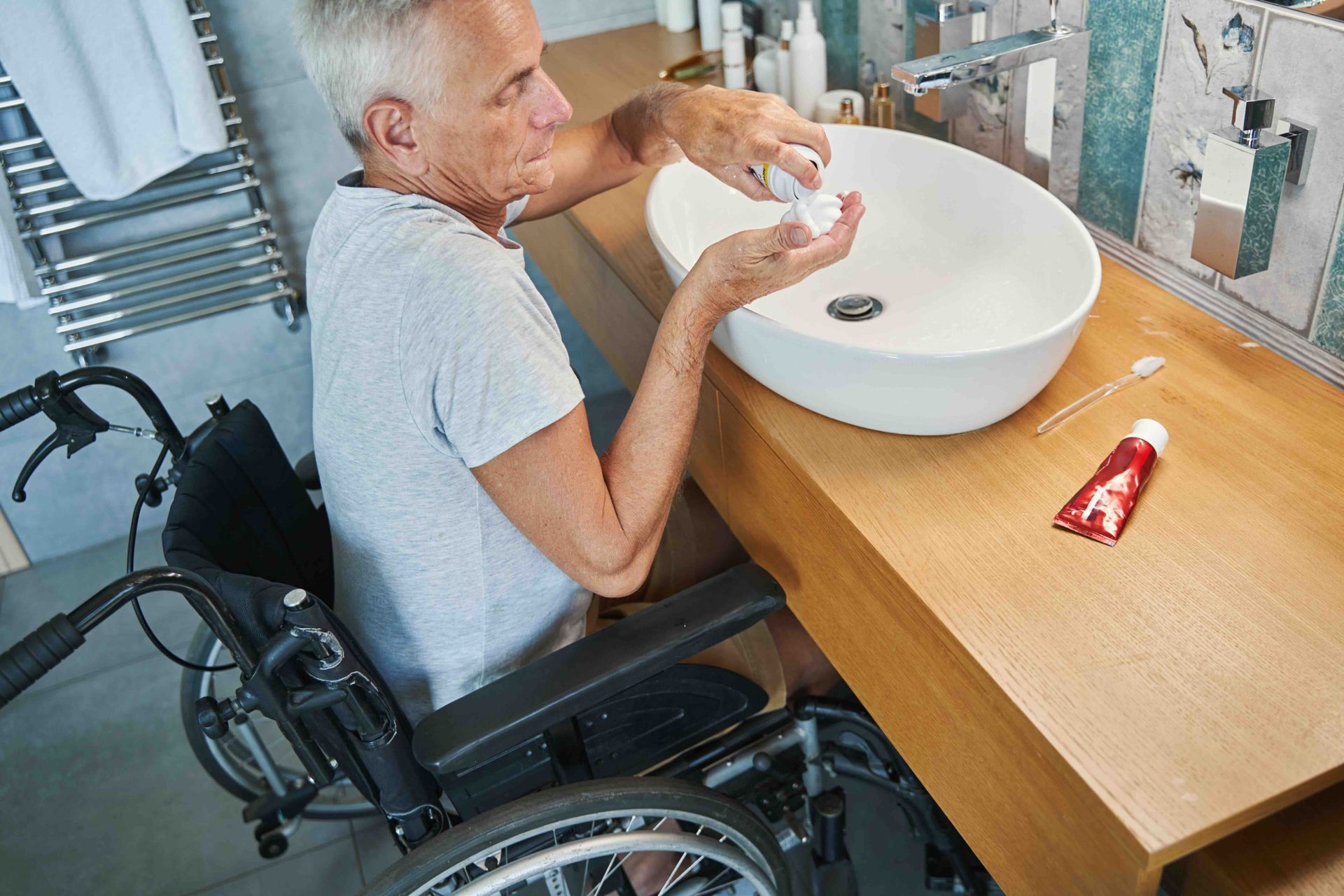Creating a home in Michigan that is disability-friendly is about fostering an environment that promotes independence, comfort, and accessibility. Whether designing a new space or modifying an existing one, understanding how to adapt your home can make a significant difference for individuals with disabilities.
Elevator or Stairlift Installation in Michigan
For multi-story homes, installing an elevator or stairlift can significantly enhance accessibility. Elevators provide a safe and efficient means of moving between floors, allowing individuals with mobility challenges to access all home areas without assistance. While they can be a more significant investment, their convenience and independence are invaluable.
Stairlifts are another excellent option for homes with stairs. They are often more affordable than elevators and can be installed quickly. Stairlifts consist of a motorized chair that glides along a track, allowing users to ascend or descend stairs safely. Ensuring the installation is performed by a professional is crucial for safety and reliability.
Are you interested in the installation of a patient lift for someone with mobility issues? Lakeshore Barrier Free can handle that for you – contact us today.
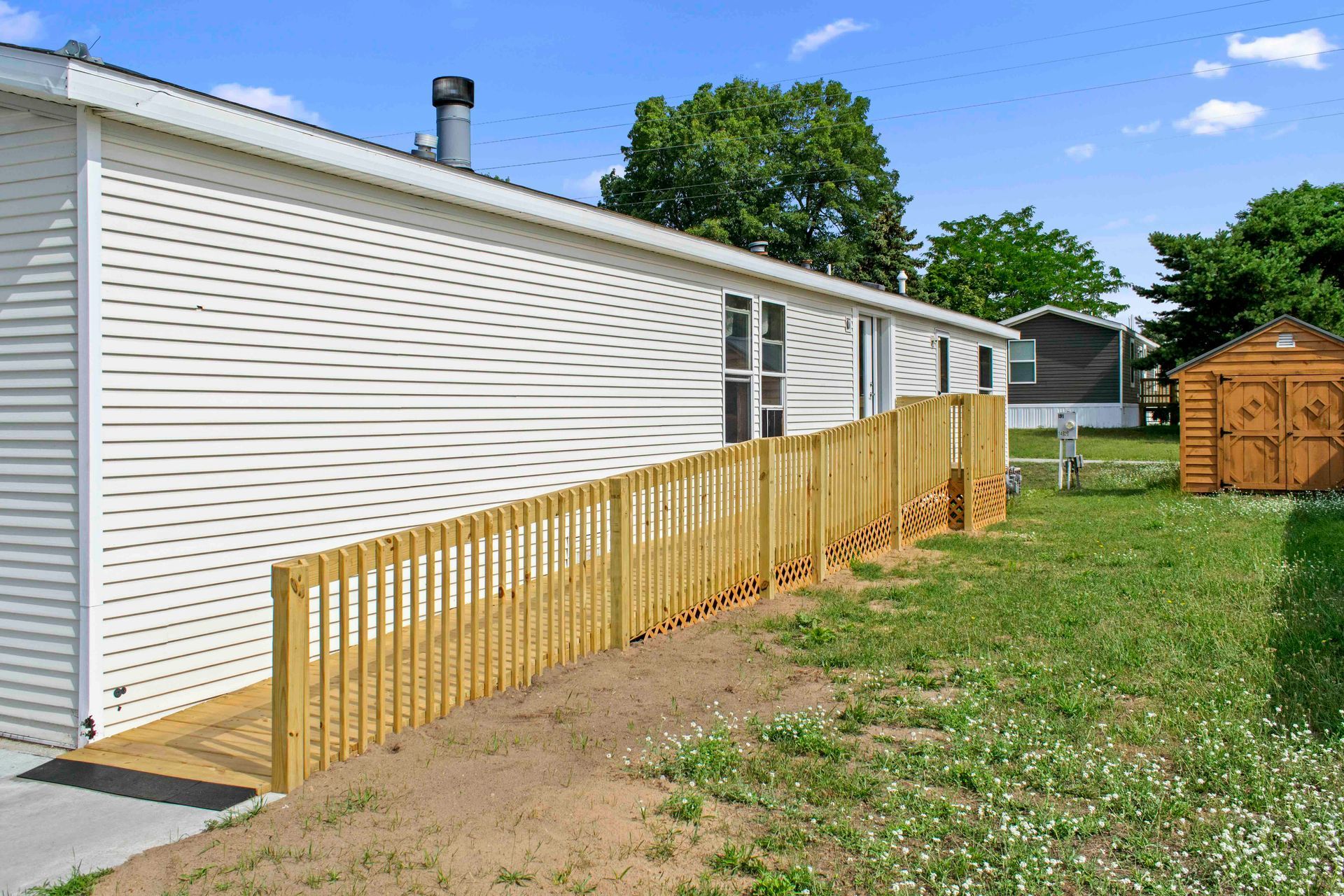
Wheelchair Ramps for Accessibility Make Michigan Homes Better
One of the most fundamental steps in making a home accessible for individuals with disabilities is to install temporary or permanent wheelchair ramps.
Ramps provide an essential means of entry and exit for people who use wheelchairs or walkers or have difficulty with stairs. When designing a ramp, it's crucial to prioritize safety and convenience.
The slope of the ramp should be gentle to avoid strain and fatigue. A steep incline can make navigating difficult for individuals, especially those with limited mobility. Additionally, the ramp should be constructed from sturdy and durable materials to withstand the weight of various mobility aids and weather conditions.
To ensure safety, installing railings on both sides of the ramp is essential. These railings provide support and stability, helping individuals maintain their balance as they ascend or descend the ramp. The height and placement of the railings should be carefully considered to accommodate people of different heights and abilities.
The width of the ramp is another crucial factor to consider. A wider ramp allows for easier maneuverability of wheelchairs, walkers, and other mobility aids. If space permits, it's advisable to construct a ramp that is wide enough for two people to pass each other comfortably.
A covered ramp can be a valuable addition to enhance accessibility and protect it from the elements. A covered ramp shields users from rain, snow, and excessive sun exposure, making it more pleasant and convenient.
The covering can be a simple canopy or a more elaborate structure, depending on the homeowner's specific needs and aesthetic preferences.
By carefully considering these factors, it's possible to create functional and visually appealing ramps. Ramps can significantly improve the accessibility of homes and make them more welcoming to people of all abilities.
Modified Doorways
Another vital adjustment is widening doorways. Standard door widths may not accommodate wheelchairs or mobility devices, making it difficult for individuals to move freely throughout the home. Consider enlarging door frames to at least 32 inches for easier passage.
Moreover, installing door handles that are easy to grip and operate can make a significant difference. Lever-style handles are a good option, requiring less strength and skill than traditional doorknobs. Ensuring doorways are straightforward with obstacles also aids navigation, creating a more accessible environment.
Non-Slip Flooring
Flooring choices can significantly impact accessibility in the home. Selecting non-slip flooring materials can help prevent falls and injuries, particularly for individuals with mobility challenges. Options like textured vinyl, rubber flooring, or carpets with low piles can provide safety without sacrificing style.
Consider using area rugs with non-slip backing or securing them to the floor when planning the layout. Avoid slippery surfaces, such as polished hardwood or tile, without traction. Additionally, keeping floors free of clutter can reduce the risk of accidents and create a safer environment.
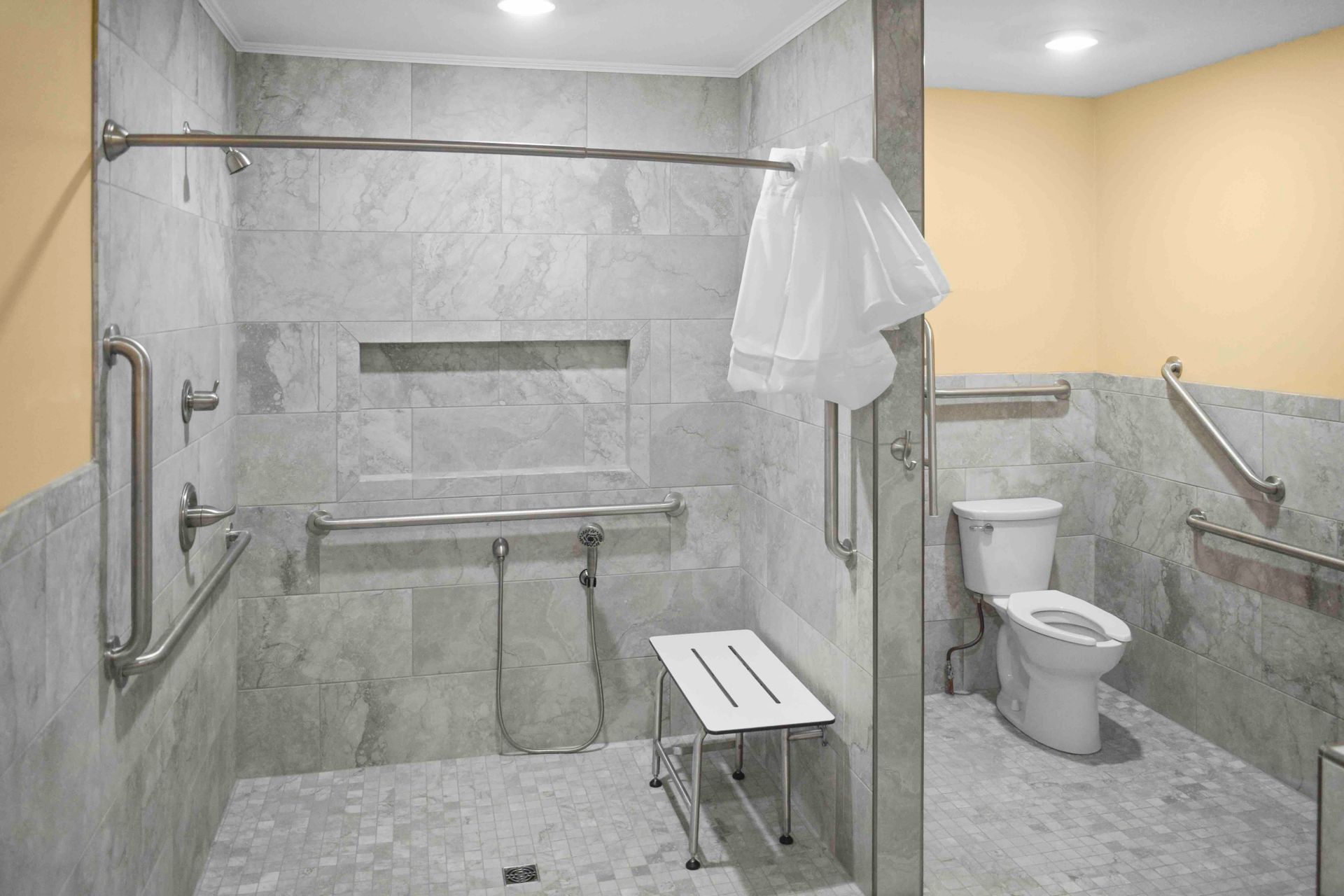
Accessible Bathrooms
Making bathrooms disability-friendly requires careful consideration of layout and fixtures. Installing grab bars near the toilet and in the shower or bathtub can provide crucial support for individuals who need assistance. These bars should be securely anchored to the wall and positioned at a height that is easy to reach.
Another essential modification is lowering the height of sinks and countertops to accommodate individuals in wheelchairs. Lever-style faucets are also recommended, as they are easier to operate with limited hand strength. A walk-in shower with a zero-threshold entry can provide easier access and enhance safety.
To further enhance the bathroom's accessibility, consider using a shower bench or stool. This allows individuals to sit while bathing, reducing the risk of slips and falls. Proper lighting is essential, too, so ensure that switches are easy to reach and that the space is well-lit to prevent accidents.
Changing Kitchens for the Better
The kitchen is another area that can benefit from modifications. Start by ensuring that countertops are at a suitable height for individuals in wheelchairs. Installing pull-out shelves in lower cabinets can make accessing kitchen items easier without bending down or reaching too high.
Adjusting the layout to create a clear path for movement is essential. Positioning frequently used items within easy reach can help promote independence. Consider using appliances that are designed with accessibility in mind. For example, front-control ranges and wall ovens can make cooking more accessible for individuals with mobility challenges.
Moreover, providing a seating area in the kitchen allows for social interaction and engagement while cooking or eating. Ensuring the space is open and welcoming can significantly enhance the kitchen's functionality for all family members.
Investing in the Right Home Tech
Incorporating smart home technology can significantly enhance accessibility and convenience. Smart devices allow individuals with disabilities to quickly control various aspects of their homes. Voice-activated assistants like Amazon Alexa or Google Assistant enable users to adjust lighting and temperature and even control appliances through simple voice commands.
Consider installing smart door locks that can be operated remotely or through an app, allowing for greater independence. Automated lighting systems can also be beneficial, allowing individuals to control lights from their mobile devices or through voice commands. These technologies not only promote accessibility but also enhance the overall comfort of the home.
Improved Lighting
Good lighting is essential for everyone but significant for individuals with visual impairments or mobility challenges. Ensuring all home areas are well-lit can help prevent accidents and make navigation easier. Use bright, even lighting throughout the house, especially in hallways, staircases, and entryways.
Consider installing motion-sensor lights that automatically turn on when someone enters a room or hallway. This feature can benefit individuals with limited mobility, eliminating the need to fumble for switches in the dark. Additionally, dimmer switches allow for customizable lighting levels, enhancing comfort based on individual preferences.
Clear Pathways
Keeping pathways clear and unobstructed is vital for ensuring mobility throughout the home. Clutter can pose a significant risk for accidents, particularly for individuals with disabilities. Regularly assessing the home for potential hazards and keeping areas tidy can improve safety.
When arranging furniture, ensure adequate space between pieces for easy movement. Consider using furniture low to the ground, making it easier for individuals to get in and out of chairs. Additionally, using furniture with rounded edges can help prevent injuries from accidental bumps.
Outside, maintaining walkways and driveways is equally essential. Regularly clearing debris, ensuring even surfaces, and removing ice or snow can create a safer environment for everyone.
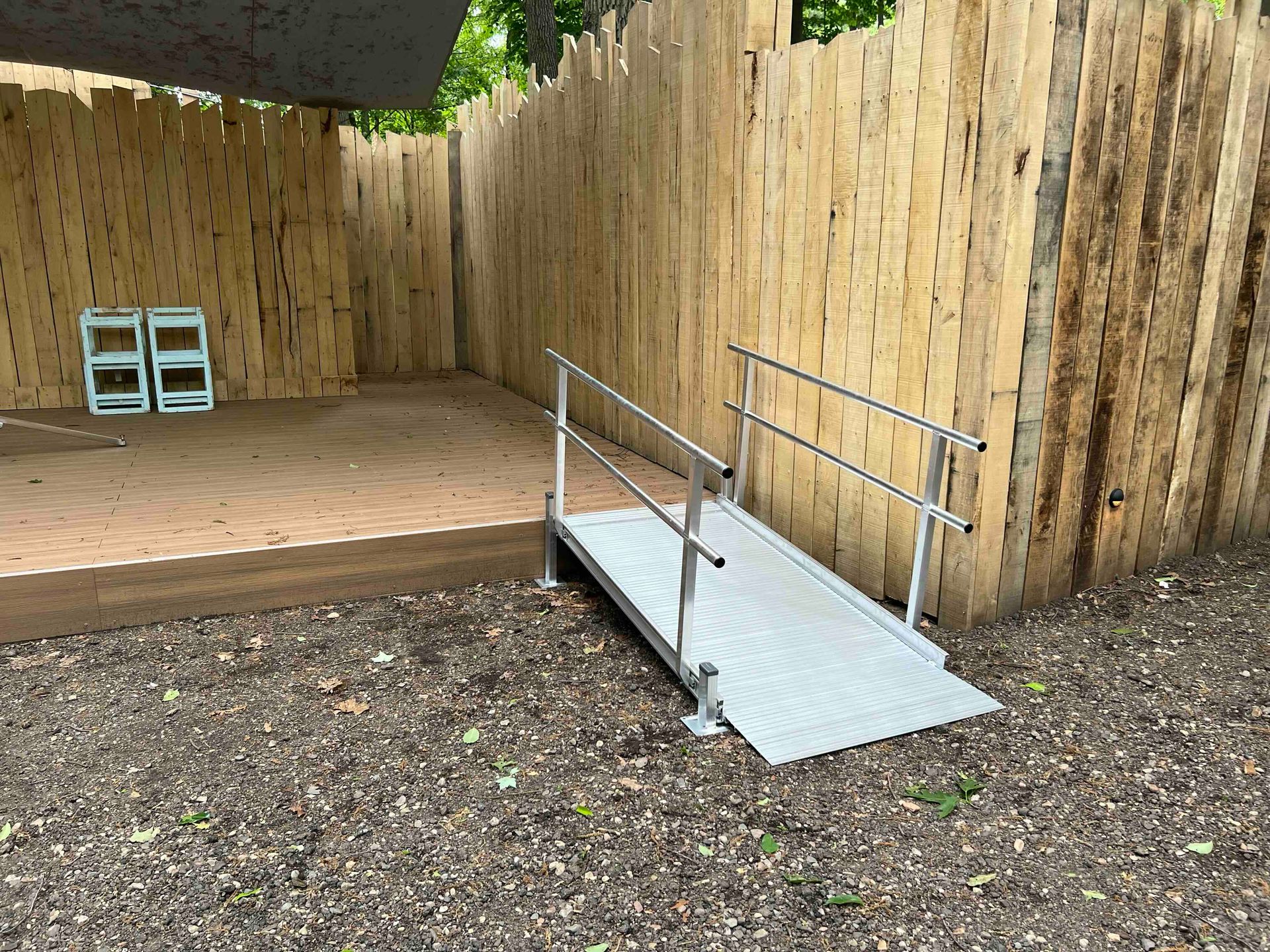
Accessible Outdoor Spaces
Creating an accessible outdoor space can significantly enhance the quality of life for individuals with disabilities. Start by ensuring that pathways leading to gardens, patios, or yards are wheelchair accessible. Incorporating ramps or wide, stable paths can facilitate easy movement.
Consider installing raised garden beds to allow individuals in wheelchairs or those with limited mobility to participate in gardening. These beds can be built at a height that eliminates the need for bending over, making gardening more enjoyable and accessible.
Creating a shaded area with seating can also encourage outdoor relaxation and socializing. A well-designed outdoor space fosters a connection with nature and promotes physical and mental well-being.
Customized Furniture
Investing in customized furniture can significantly enhance comfort and accessibility. Consider selecting chairs and couches that provide adequate support and are at a height that is easy to get in and out of. Furniture with armrests can assist individuals in rising from a seated position.
Adjustable tables can also be beneficial, as they allow for comfortable seating arrangements for individuals in wheelchairs or those with limited mobility. Custom-made pieces can be tailored to specific needs, providing functionality and style in the living space.
Education and Awareness
Finally, promoting education and awareness about disability issues within the home can create a more inclusive environment. This can involve discussing accessibility needs with family members and encouraging everyone to contribute to a supportive atmosphere.
Hosting training sessions on assisting individuals with disabilities can foster understanding and cooperation among household members. Additionally, educating guests on navigating the home and offering assistance when needed can enhance the experience for everyone.
We know that the financial situation of the individual(s) has a great impact on the home accessibility remodeling that is completed so we have put together some resources that can help with the finances, allowing for a smooth process for those involved.
Key Takeaways
Making a house disability-friendly requires thoughtful consideration of various aspects of the home. By implementing these twelve strategies, you can create an environment that promotes independence, safety, and comfort for individuals with disabilities. Small changes can have a significant impact, improving the quality of life for everyone in the household. Taking the time to adapt your living space demonstrates a commitment to inclusivity, fostering a sense of belonging for all.
TALK TO THE EXPERTS OF LAKESHORE BARRIER FREE TODAY!
We believe that everyone should have access to every area of their home! We work directly with you to make sure that every grab bar, bathroom sink, kitchen countertop, patient lift, and more is at the perfect location for you and your loved ones. Call us at
(616) 477-2685 or email us at
Info@LakeshoreBarrierFree.com
Share this blog


